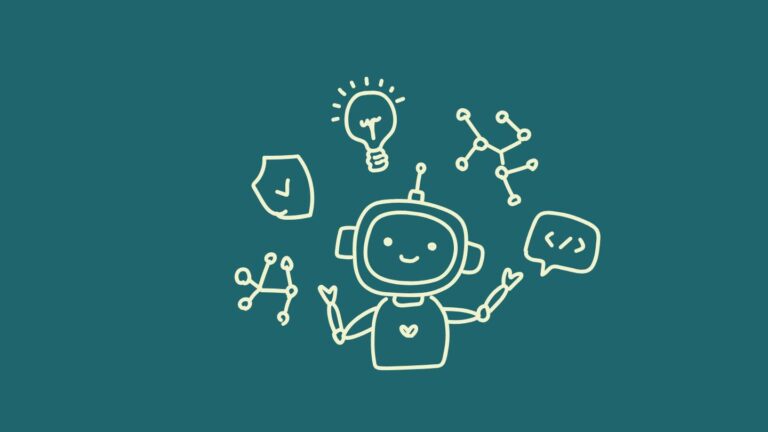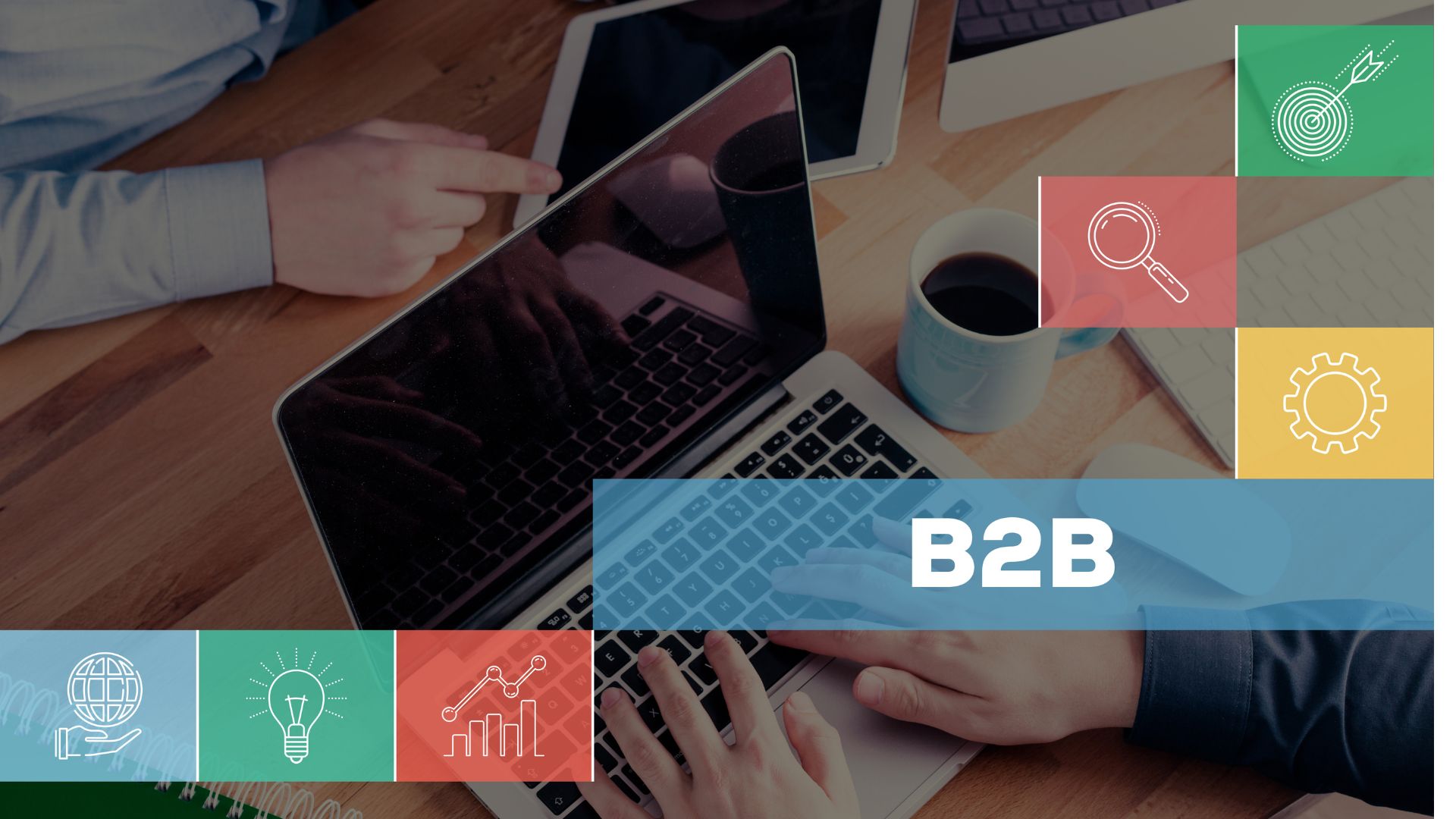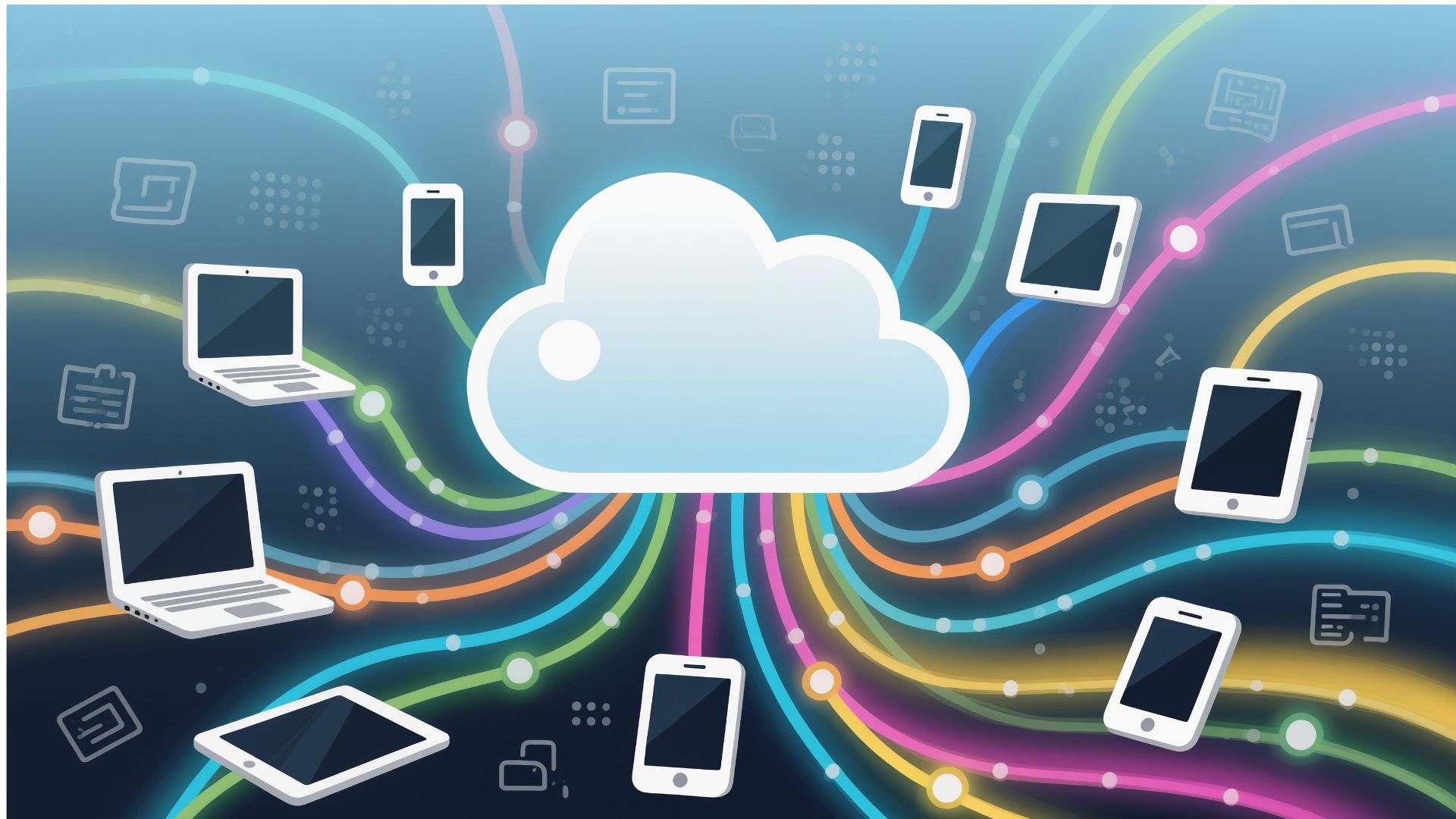AI agents are bringing a new level of flexibility and intelligence to automation. Unlike traditional automation, which follows set rules, they can think, learn, and adapt in real time. This innovation helps businesses handle complex processes with ease. In this article, we’ll explore what AI agents are, how they work, and why they are the next big step in automation.
What are AI agents in generative AI?
AI agents are software programs designed to perform tasks autonomously. They analyze data, learn from interactions, and adapt to different scenarios. In generative AI, agents work by processing inputs and generating outputs based on predefined rules or learned behaviors. They combine reasoning capabilities, the use of external tools, and planning to perform complex tasks.
Key characteristics of AI agents:
- Autonomy: They operate without constant human supervision.
- Learning ability: They improve performance through data analysis.
- Adaptability: They adjust to changing conditions and user needs.
AI agents vs AI Automation vs Automation
The main difference between AI agents and non-AI automations or basic AI models is that agents operate independently and adapt to new information in real time. The following infographic breaks down the key differences:

Automation vs AI Automation models
Standard automation focuses on streamlining repetitive tasks with predefined workflows, such as processing invoices or sending email responses. It follows strict rules and does not adapt to new inputs.
In contrast, AI workflows bring together different automations and smart decision-making using machine learning (ML) and AI models. AI automation can handle more complex tasks requiring decision-making, learning, and adaptation, such as providing personalized customer interactions or optimizing supply chain logistics.
AI Automation models vs AI agents
An AI model is a mathematical framework trained on data to recognize patterns and make predictions. It requires input and provides output based on the training it has received.
On the other hand, an AI agent goes beyond this by actively interacting with its environment, making decisions, and adapting over time. While models focus on processing information, agents are capable of taking actions based on that information.
AI agents are smart systems that can do tasks, make decisions, and keep learning on their own. Unlike AI models, they work independently and adjust to new information instantly.
Types of agents in generative AI
There are many different types of AI agents each serving specific purposes. Some common types include:
- Reactive agents: These respond to immediate inputs without storing past information. They are useful for real-time applications like chatbots.
- Cognitive agents: They simulate human-like reasoning and decision-making by learning from past experiences.
- Collaborative agents: These work alongside humans or other AI agents to achieve complex goals.
- Utility-based agents: They make decisions based on the expected outcome to maximize efficiency.
Choosing the right type of agent depends on your business needs and the complexity of the tasks to be automated.
How they work
AI agents function through a combination of algorithms, machine learning models, and data processing techniques. The process typically involves the following steps:
- Data collection: Agents gather information from various sources, such as user inputs and databases.
- Processing and analysis: The collected data is analyzed to identify patterns and make predictions.
- Decision-making: Based on the analysis, agents decide on the best course of action.
- Execution: The agent generates responses, content, or actions based on its programming.
- Feedback loop: Continuous learning helps the agent improve its future performance.
Key components of AI agents
- Model: The decision-making core, often a language model such as GPT or Gemini.
- Tools: Interfaces for interacting with external systems or data (APIs, databases).
- Orchestration Layer: Manages the agent’s decision-making cycle, including memory, logical reasoning, and goal-oriented behavior.
Benefits of using AI agents in generative AI
Integrating AI agents into generative AI systems unlocks more advanced capabilities than standard automation or basic AI models. The main benefits include:
- Adaptability: They can adjust to new situations and make smart decisions.
- Advanced tasks: Works more like a human and can handle more complex tasks.
- Scalability: Businesses can handle larger workloads without increasing resources.
- Cost savings: It will leads to reduced operational costs.
Challenges of implementing AI agents
While AI agents offer numerous benefits, there are challenges to consider when implementing them. Some common challenges include:
- Data quality: Poor data can lead to inaccurate outputs and decisions.
- Decisions: Sometimes may produce unpredictable and undesired choices.
- Performance: It may take longer to perform a task than standard automation.
- Ethical considerations: Ensuring they align with ethical guidelines and regulations.
Conclusion: when to use AI agents
AI agents are a game-changer for the automation industry. However, not all AI projects need this technology from the start.
Sometimes, it’s more efficient to begin with a simpler model and transition to an AI agent. It all depends on your project goals and the complexity of the automation required to achieve them.
At Hermes Wings, we’re experts in choosing the right tools to kick-start your business automation journey.
📅 Book a free discovery call with our team!




